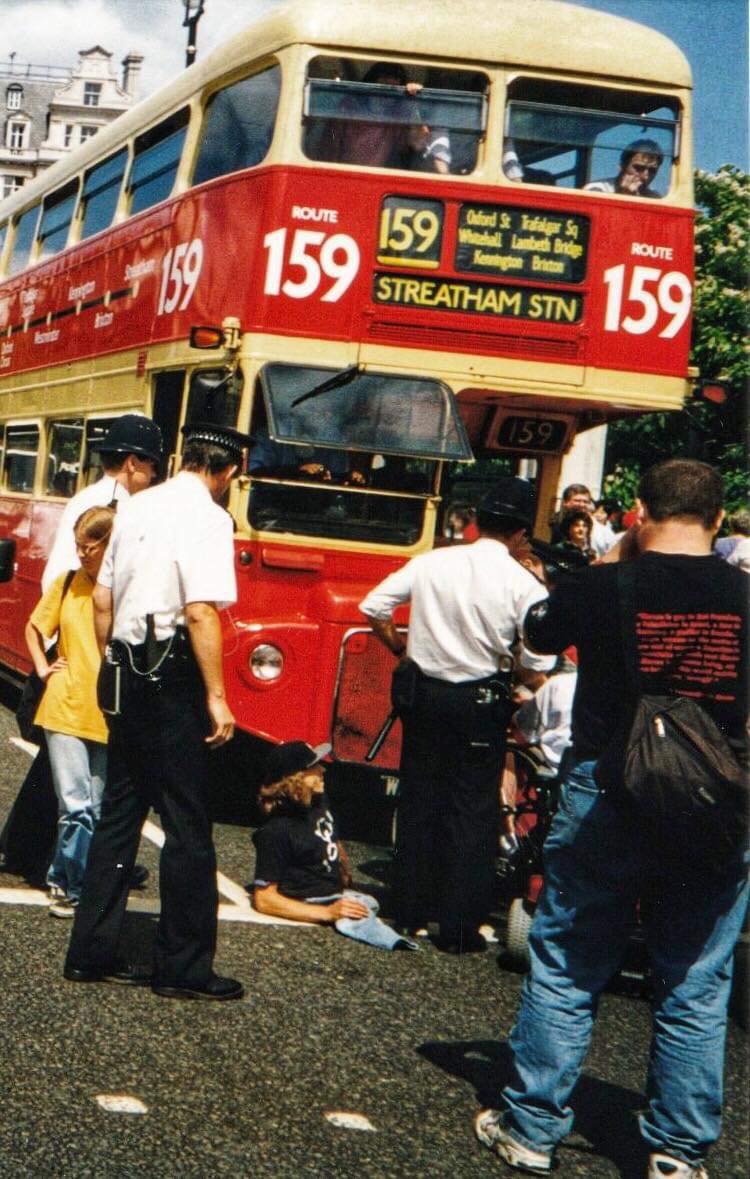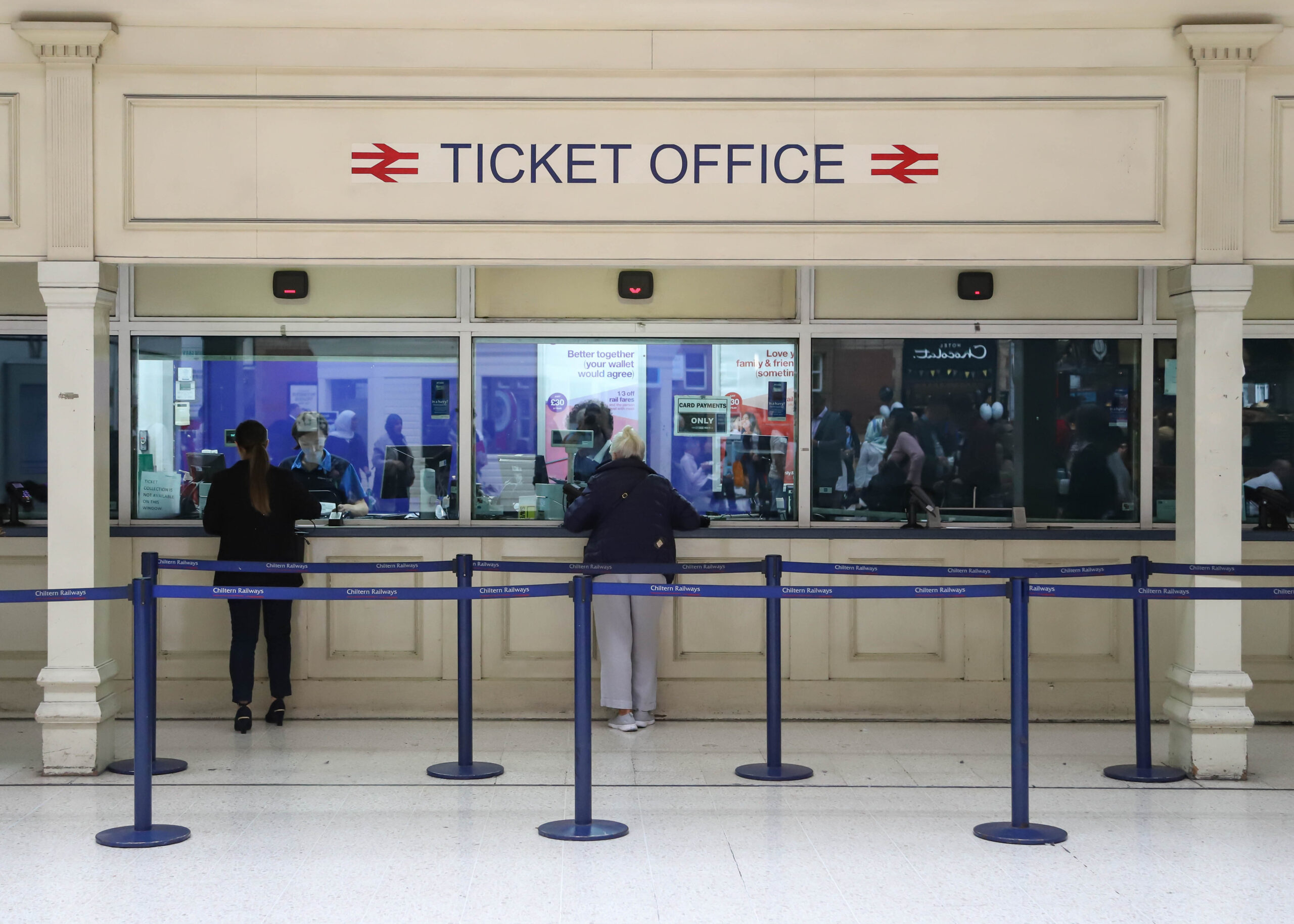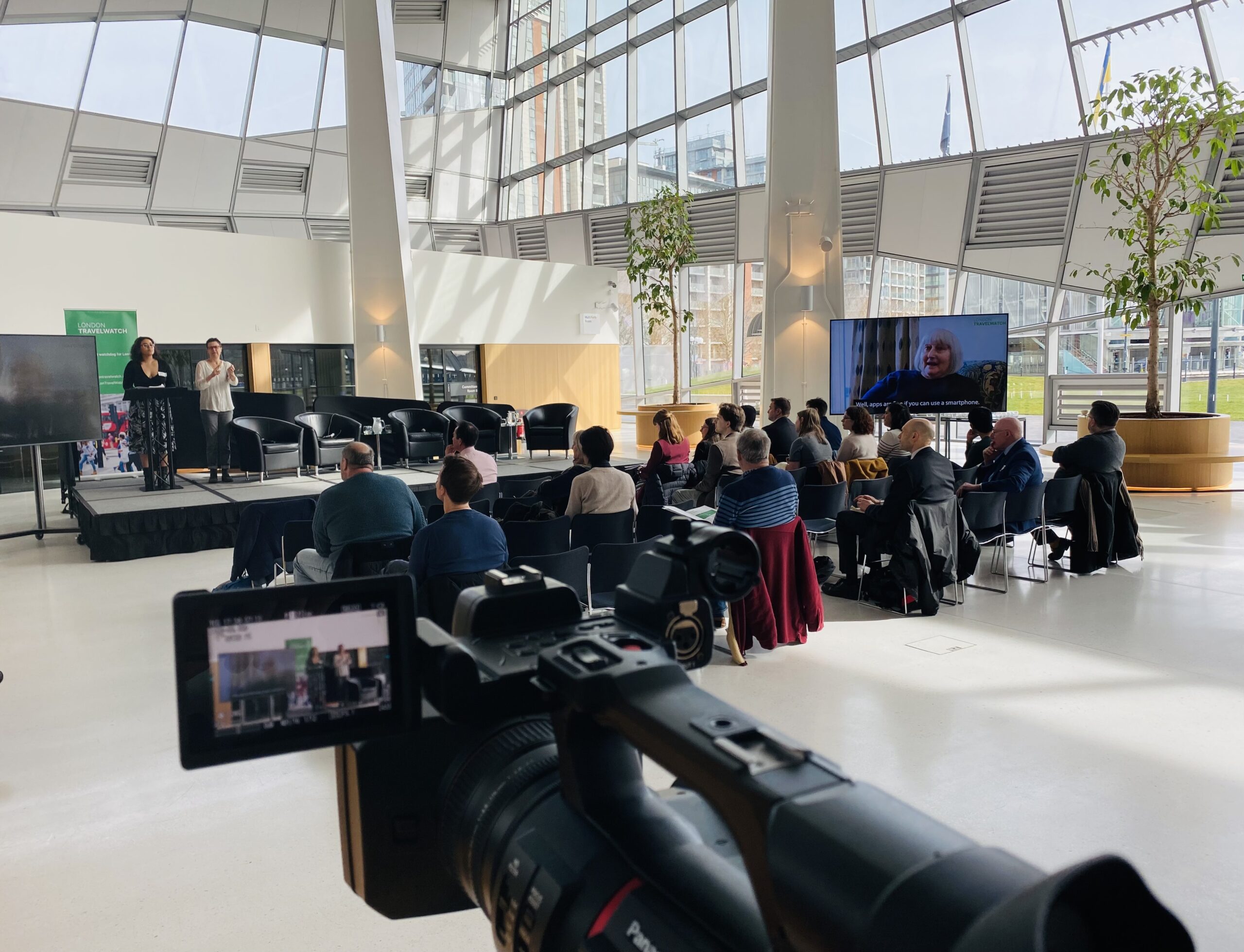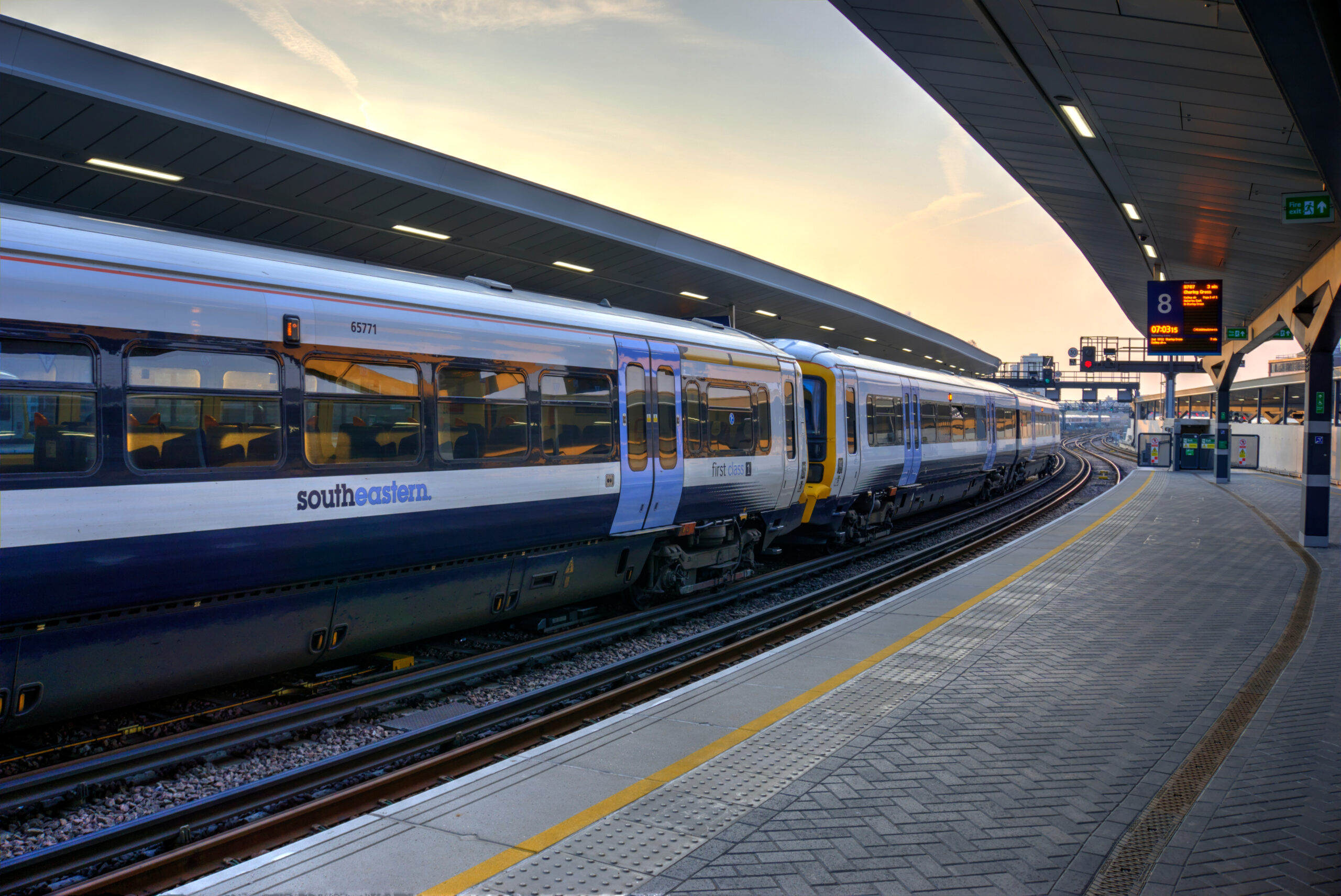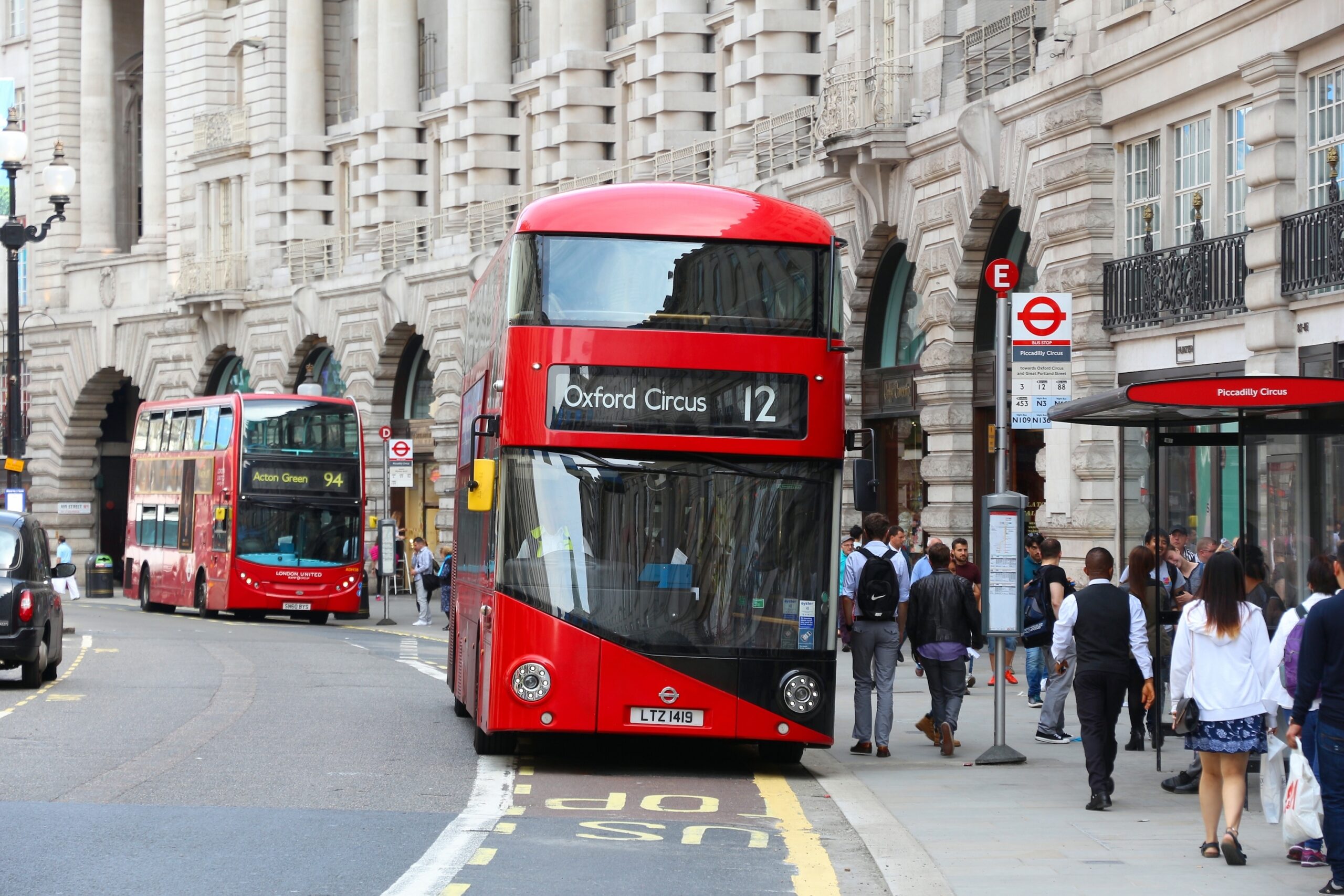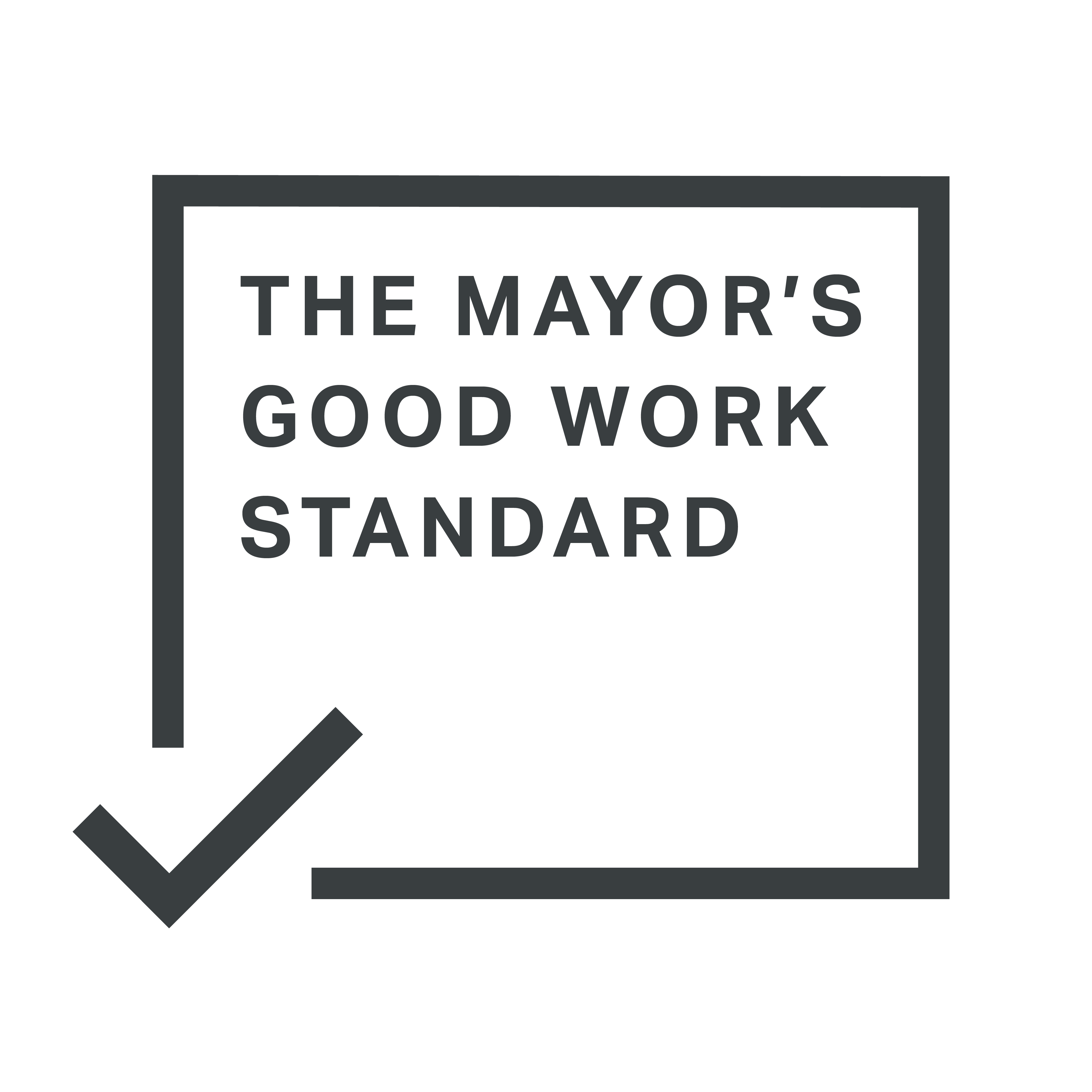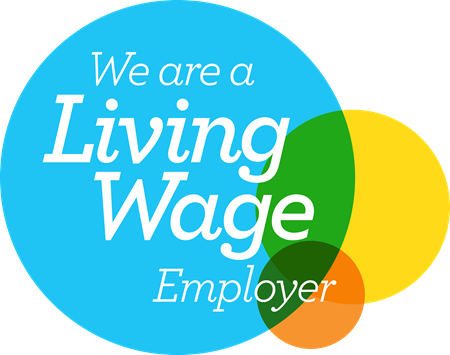22 March 2022
The BBC drama Then Barbara Met Alan takes us back to a time, not that long ago, when public transport wasn’t public at all if you were a disabled person. For many people, at best this meant getting around in a “plastic pig”, the small blue invalid carriages, a common sight in the 70s and early 80s. For anybody daring to travel long distances this invariably meant sitting in cold, draughty Guards’ vans, more like luggage than a passenger. This reality of transport was a reflection on societal attitudes to disabled people, where pity was a common response and organisations of well-intentioned benefactors dished out charity to those less fortunate.
But transport proved to be a unifying cause around which disabled people gathered. With a shared belief in rights not charity, disabled people gathered and organised to not only have their voices heard, but also to change the opportunities available. Direct action protests, best remembered as disabled people chaining themselves to buses, raised awareness amongst decision makers and the general public of the restrictions faced every day. The protests led directly to legislation, the Disability Discrimination Act, and to a reluctant acceptance across the transport industry that it must do better.
The 1995 Disability Discrimination Act, and subsequent 2010 Equality Act, have led to a raft of legislation and regulation across the transport sector. Huge progress has been made in infrastructure and the environment. Buses, trains, and some coaches are now largely wheelchair accessible. Other features such as tactile paving on station platforms and road crossings, to help those with visual impairments are more widely deployed although not everywhere. Accessibility is now a key component of staff training which has helped change attitudes towards accessible and inclusive travel. However, this is a continuing journey. Much of the transport infrastructure pre-dates any thought of access and is in need of upgrading. Mistakes continue to be made with new infrastructure and vehicles, and we continue to refine and develop good practice.
A significant lesson over the last 40 years has been that as we make our transport more accessible for disabled people we make it more inclusive for everybody as anybody on a bus with a pushchair can tell you.
*image credit – Ernest Bow

